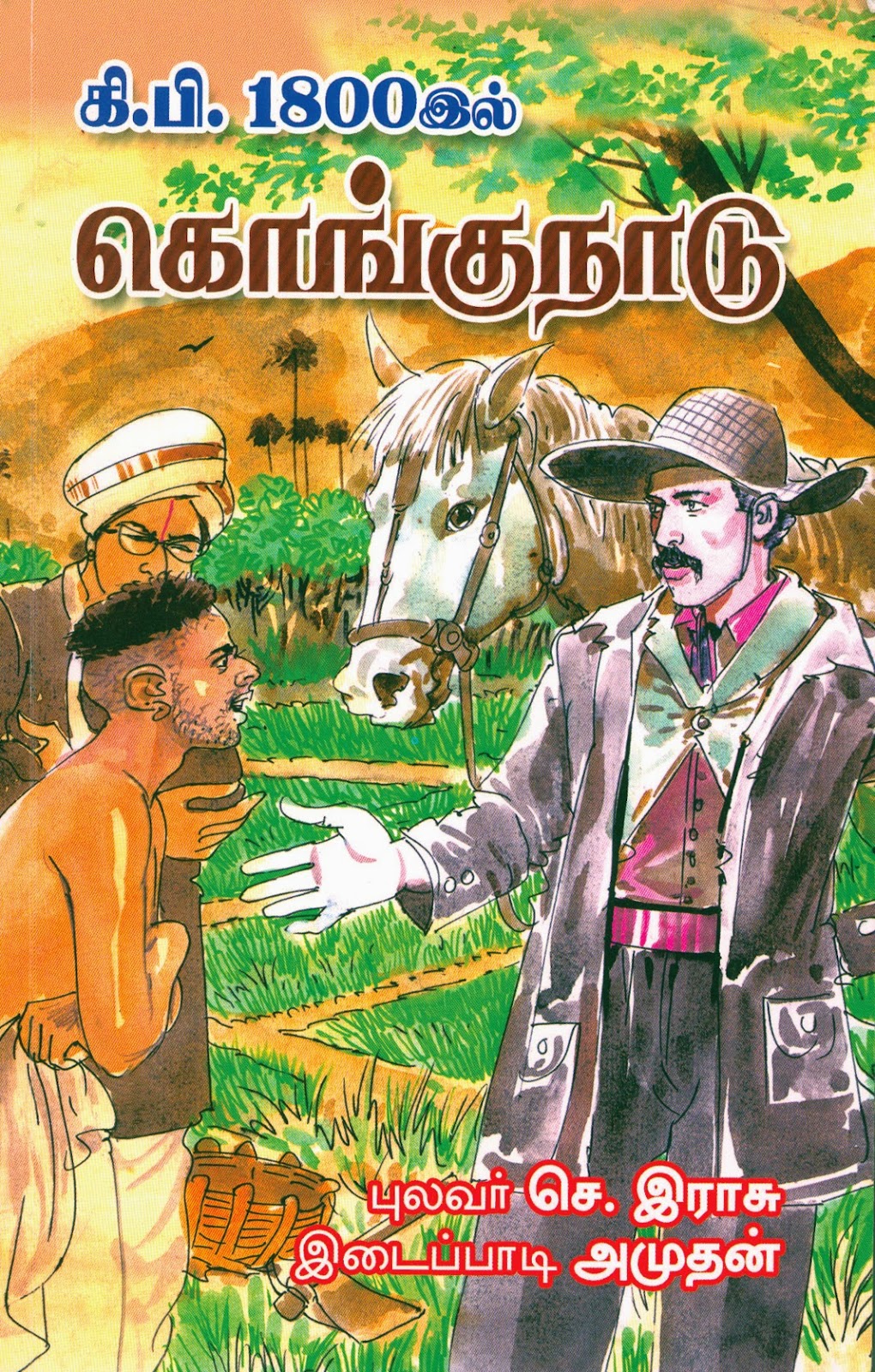 |
An ancient rock painting at Vellarukampalayam |
It is true that every
work of art on earth has its origin somewhere in the distant past. And by
tracing its roots, one may conclude that art has been inseparable from human
life throughout man’s long journey of evolution
 “The beautiful
sculptures, which we admire at temples today, have their roots from cave
paintings belonging to various periods of history” said T.Subramanian, retired
Assistant Director, State Department of Archeology.
“The beautiful
sculptures, which we admire at temples today, have their roots from cave
paintings belonging to various periods of history” said T.Subramanian, retired
Assistant Director, State Department of Archeology.  |
Kottravai or Kannagi at Marayur? |
The archeologist, who
addressed on the title Kongunaattu Gukai
Oviyangal (Cave paintings in Kongunadu) at the monthly lecture series of
The Vanavarar Foundation on Friday, pointed out:
 |
A cave painting at Kovanur |
“The cave paintings
of Tamil Nadu date back to the Neolithic age and the practice of painting
images on rocks continued through Megalithic age and reached the Sangam age”
Pointing out the
references on art in the ancient period, Subramanian said that many lyrics from
Sangam literature mention the places, where paintings were done, as Chithirakoodam, Chithiramaadam and so
on. He also noted that descriptions about how pictures were drawn are detailed
in the great Tamil epic Manimekali.
Tracing the
discoveries of cave paintings in Kongunadu, Subramanian said:
“The first cave
painting discovered in the Kongu region was at Vettaikaran Malai in in Coimbatore”
Displaying the
picture of the cave painting in his power point show, the archeologist
explained:
“The ancient piece of
art depicts two men, one seated on the elephant and another on horseback
holding a spear in his hand. The painting also shows men dancing in a row
holding their hands together. The images drawn on the rock could be implying a
fight between two tribes or a hunting scene.”
Displaying another
cave painting discovered at Marayur on the way to Munar, Subramanian said:
“The rock art depicts
a human being in a standing posture surrounded by a number of deer. Many archeologists have opined that the human
image is none but Kotravai (A Goddess
of victory mentioned in the pieces of ancient Tamil literature) as deer was Her
Vahanam (Vehicle)”
Nevertheless,
Subramanian noted that a popular tale among the tribes of Marayur links the
rock art with the events in the great Tamil epic Silapathikaram.
“The tribes at
Marayur believe that numerous goldsmiths of Madurai migrated to Munar after Kannagi set the
city on fire condemning the Pandya king’s killing of her innocent husband
Kovalan. A wicked goldsmith in Madurai, who actually stole the Pandya king’s anklet, charged Kovalan with the
theft. With his charge leading to Kovalan’s unjust execution, the tribes at
Marayur believe that all other goldsmiths left Madurai and began worshipping Kannagi. Hence, the
tribes say that the human being depicted in the rock art is none other than
Kannagi drawn by the goldsmiths”
Link to my article in The New Indian Express: http://epaper.newindianexpress.com/c/3406852

.jpg)
.jpg)




